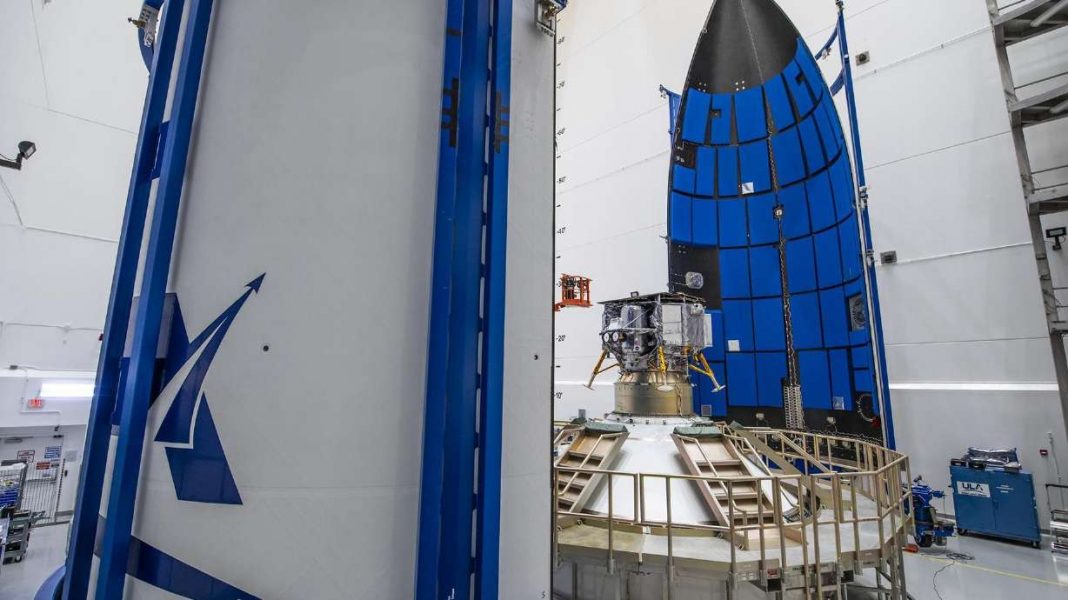CAPE CANAVERAL, Fla. - The upcoming rocket launch is set to make history as it carries the first lunar lander to launch from the United States since NASA’s final Apollo mission in 1972. The stakes are high, and the success of the rocket, developed by the joint venture of Lockheed Martin and Boeing called United Launch Alliance, is crucial to that company’s future and its desire to chip away at SpaceX’s dominance in the commercial launch industry.
The lunar lander, built by small Pittsburgh-based company Astrobotic Technology, could become the first commercially developed spacecraft to make a soft landing on the moon. This mission is part of NASA’s renewed efforts to explore the moon robotically before returning astronauts to the lunar surface later this decade.
The Path Ahead
Experts across the space industry have likened the odds of successfully landing any spacecraft on the moon to flipping a coin. ”This really is like a 50-50 shots on goal kind of an approach — where it’s really more about the industry succeeding, not any specific one mission,” said Astrobotic CEO John Thornton.
Landing on the moon is a complex endeavor. If the launch takes off as scheduled, the lunar lander will spend some time in lunar orbit before attempting a touchdown on Feb. 23. The final moments before the spacecraft reaches the lunar surface will be the most crucial.
A New Space Race
This mission will mark the first lunar landing attempt — robotic or crewed — for the U.S. in five decades. And the mission comes amid a renewed international push to explore the moon. Apart from Peregrine, the space agency has contracts with Texas-based companies Firefly Aerospace and Intuitive Machines. The latter could launch its lunar lander as soon as mid-February.
Peregrine’s Science
For this mission, Astrobotic’s Peregrine lander is heading for a lunar region called Sinus Viscositatis, otherwise known as the ”Bay of Stickiness.” The Peregrine lander will carry 10 science payloads, five of which are NASA-sponsored experiments. They include two instruments that will monitor the radiation environment, “helping us better prepare to send crewed missions back to the moon,” said Paul Niles, NASA’s project scientist for the Commercial Lunar Payload Services program.
Human Remains and Mementos
While NASA is the primary financial backer of the mission, the space agency is just one customer involved. Also on board Peregrine will be science experiments and commercial cargo from other nations, including Germany, Mexico, and the United Kingdom. Notably, Peregrine will also carry human remains on behalf of two commercial space burial companies — Elysium Space and Celestis.




Agree Exciting news! Can’t wait to see the outcome of these groundbreaking experiments and the significance of human remains on the Moon. NASA continues to push the boundaries of exploration.
Disagree It’s a concerning decision to use the Moon as a graveyard for human remains. We should focus on preserving the sanctity of space exploration rather than treating it as a dumping ground.